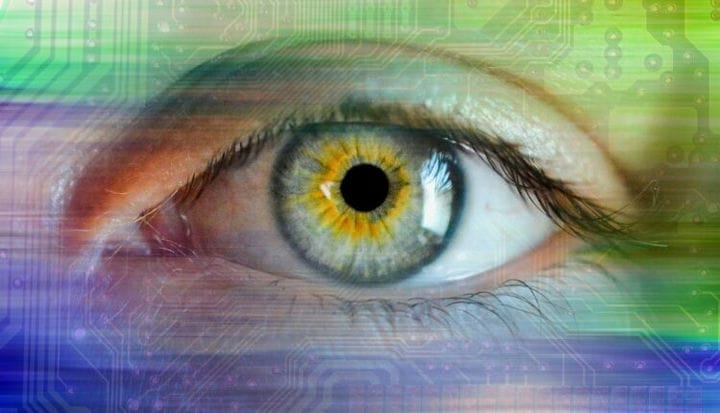If we recall the school course of biology and physics, then, oddly enough, physics considers the human eye in the school curriculum even in more detail than biology. Therefore, the human eye can rather be attributed to such a science as biophysics. But this is outside the curriculum.
So vision is one of our sensory senses. Thanks to him, we are able to perceive the surrounding space. Our visual system perceives the visible spectrum of electromagnetic radiation, that is, simply put, light. It is the perception of light that makes it possible for us to see different colors and the arrangement of objects in space in the form of certain images.
How does the eye perceive light?
The visual system functions as a kind of visual analyzer and includes a number of different organs and nerves. But they connect the visual system with the outside world of the eye. It is the eye that perceives light.
The human eye can be compared to a camera. The cornea and lens act as a lens to refract and focus the light that enters the eye. And the analogue of the photosensitive layer is the retina, which consists of many photoreceptors: cones and rods. This is where the light is converted into nerve impulses, which then enter the brain, where the image of what is seen is formed.
Cones and rods
Despite the fact that both rods and cones perceive light, the functions of these photoreceptors are different. Sticks are included in the work in low light, at dusk. Visual images are colorless. Cones, on the other hand, work during the day or in bright light, they are responsible for distinguishing colors. Also thanks to the cones, we get a clear image. Sticks, in addition to our adaptation to the dark, determine the distance to the object and the movement of objects.
The difference between human and animal vision
Unlike an animal, a person clearly sees objects both far and near, and can distinguish the smallest shades of color. Moreover, studies have shown that women distinguish much more shades of colors than men.
This clarity of perception gives a "yellow spot" in the human eye, which is absent in animals. It is in the center, on the optical axis and contains only cones. Due to this, light rays enter the cones, which are minimally distorted, passing through the cornea and lens. The rest of the retina is filled with rods.
Binocular, three-dimensional vision
A person has binocular vision, which gives a stereoscopic image. Binocular vision is provided by the presence of two eyes. Information is processed first from each eye separately, and then, already in the brain, it is synthesized into a three-dimensional visual image. The fields of view of the human eyes overlap, so humans can better determine the distance and appearance of objects than animals. This stereoscopic effect is valid from 10 cm to 100 m.
